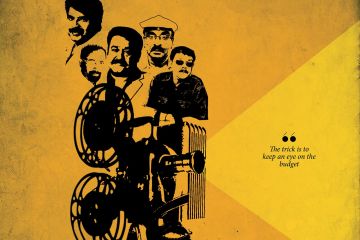
Konkona Sensharma’s A Death in the Gunj (2017) opens
with Gulshan Devaiah’s Nandu and Jim Sarbh’s Brian adjusting something in the
trunk of their blue Ambassador car. We know it’s a corpse when Sarbh says,
“Maybe if we bend the knees and put the body in the foetal position?” Nandu
nods. They arrange the body, after which Nandu covers his nose with the sleeve
of his jacket. The remains have started to reek.
They head back to the car. Nandu starts the engine, with
Brian sitting





